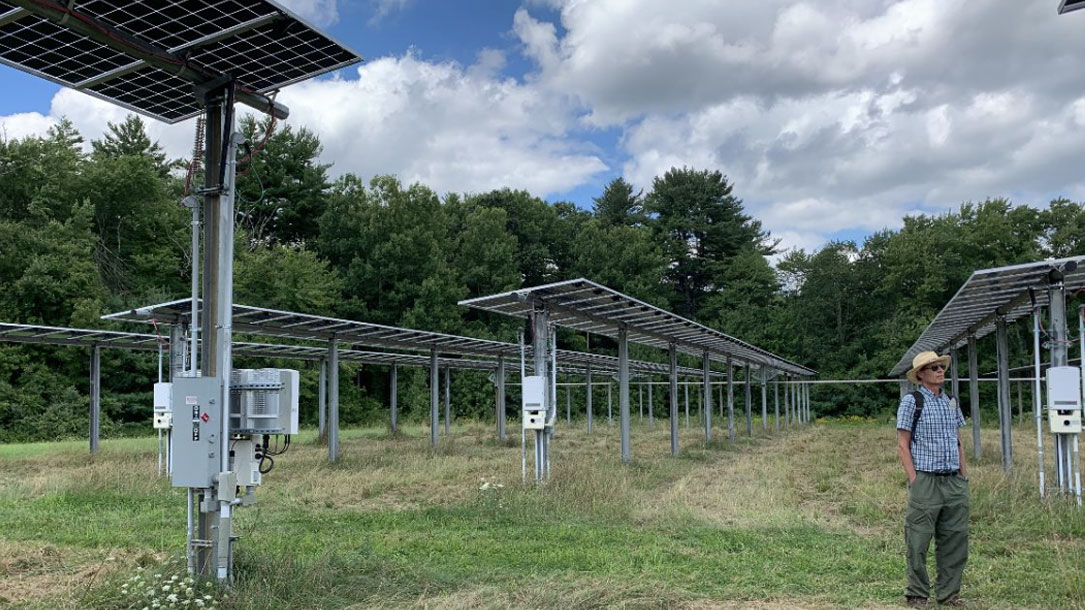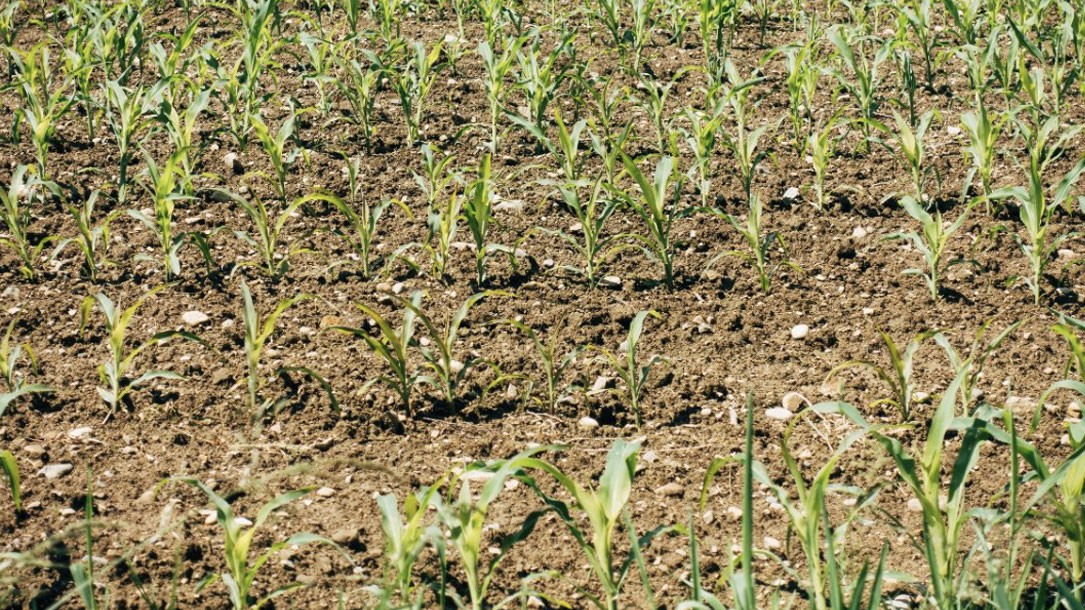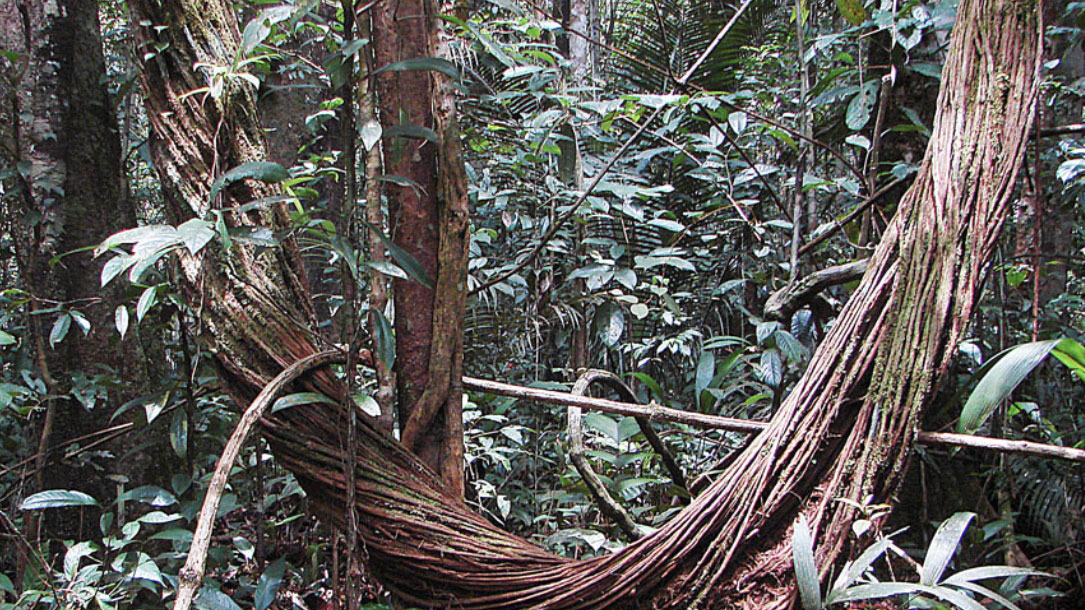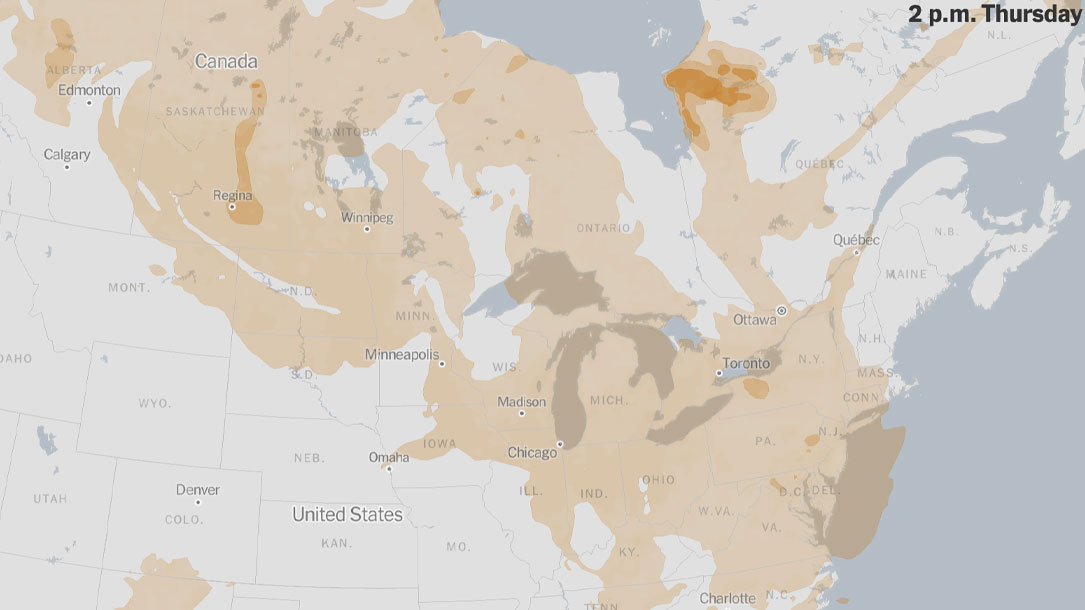Home > Climate News >

Regenerative practices successful at long-term carbon storage, study finds
A meta-analysis conducted by Colorado State University researchers found that regenerative agricultural practices are successful as long-term carbon storage solutions. The research considered two different types of soil carbon, particulate organic carbon (POC) and mineral-associated organic carbon (MAOC). Because POC cycles faster in soil, different management for the two types of carbon may help provide better outcomes…

How to make mindsets matter Nat Kendall-Taylor | Nobel Prize Summit 2023
Are you interested in how to talk about science — or conservation information — more effectively?
“Psychological anthropologist Nat Kendall-Taylor presents compelling research about how our ‘cultural mindsets’ are implicit in shaping our thinking and how we consume information. As communicators, we must be mindful of our dominant biases and understand they can impede our trust in science. Watch to learn more about untapped strategies to help us fight against disinformation…”

NSAC’s 2023 Farm Bill Platform
NSAC’s comprehensive 2023 Farm Bill Platform provides title-by-title recommendations across farm bill programs and policies detailing how Congress can better support farmers and ranchers by strengthening their bottom lines, their communities, and their resilience. The platform spans key issue areas including natural resource conservation, local and regional food systems, sustainable agriculture research, structural reform to farm programs, and more, with cross-cutting recommendations, focused on advancing racial equity across farm bill programs, supporting beginning farmers, and addressing the climate crisis and its impacts on our food and farms.

Agrivoltaics bill introduced in U.S. Senate
According to the National Sustainable Agriculture Coalition (NSAC), the study would aim to answer many questions about agrivoltaics, including what panel designs are best for livestock versus crops; what animal breeds are best suited to graze under panels; how to handle fencing, manure, and other livestock considerations in solar panel systems; and how growing crops under panels impacts yields, soil moisture, and other factors.

Climate-smart agriculture Inflation Reduction Act Activation Guide
A broad range of companies within the food sector can use IRA-funded agricultural programs to support their climate goals. On average, two-thirds of food sector companies’ emissions are generated by farm-level production, making on-farm sustainability critical for abatement.

Liana cutting in selectively logged forests increases both carbon sequestration and timber yields
Infestations of trees by woody climbing plants (i.e., lianas) are common and increasing in an estimated 250 Mha of the 1 billion hectares of mixed-species tropical and temperate forest subjected to selective logging. Cutting lianas that impede the growth of future crop trees (FCTs) in these forests would sequester carbon at low cost and increase timber yields. We estimate that application of this treatment to five liana-infested FCTs per hectare across the 250 Mha of selectively logged forest would result in 0.8 PgCO2 of additional carbon removals by the liberated trees over 30 years at a direct cost of well less than $1.00 MgCO2−1.

Liana liberation: New study shows freeing trees from woody vines is a profitable natural climate solution
Liberating trees from their burdens of woody vines (lianas) is an extremely cost-effective way to improve the economic value of managed forests and help mitigate climate change, according to new research published in Forest Ecology and Management by scientists from the University of Florida, The Nature Conservancy, Conservation International, and partner institutions…

Yale Climate Opinion Maps 2021
This version of the Yale Climate Opinion Maps is based on data through fall 2021. Public opinion about global warming is an important influence on decision making about policies to reduce global warming or prepare for the impacts, but American opinions vary widely depending on where people live. So why would we rely on just one national number to understand public responses to climate change at the state and local levels? Public opinion polling is generally done at the national level, because local level polling is very costly and time intensive. Our team of scientists, however, has developed a geographic and statistical model to downscale national public opinion results to the state, congressional district, and county levels. We can now estimate public opinion across the country and a rich picture of the diversity of Americans’ beliefs, attitudes, and policy support is revealed.

Maps: Tracking air quality and smoke from Canada wildfires
Smoke and haze lingers over sections of North America, as polluted air continues to spread from hundreds of wildfires burning throughout Canada.
This is the current status of air quality across the United States and Canada. (Here’s a guide to understanding air quality readings.)
In early June, the level of particulate matter in the air from smoke became so unhealthy that many U.S. cities set records. Some Canadian cities experienced far worse conditions. At points, it was hazardous to breathe everywhere from Minnesota and Indiana to sections of the Mid-Atlantic region and the South, according to AirNow, a U.S government data source.

Climate change, antibiotics may threaten soil
A study by researchers at the Cary Institute of Ecosystem Studies in Millbrook, New York, has shown that when rising temperatures combine with antibiotic residues expelled by livestock, it degrades soil microbe efficiency, soil resilience to future stress, and its ability to trap carbon…












